Arapaima are freshwater fish native to South America that can grow to immense sizes. Native South American people sometimes refer to these fish as “pirarucu,” or “paiche.”
They are some of the largest freshwater fish species in the world, and the largest individual ever recorded measured in at 15 feet long, and 440 pounds! There are four recognized species of arapaima, and a there may also be a fifth separate species. Read on to learn about the arapaima.
Description of the Arapaima
Though these fish are capable of growing to great lengths, they rarely make it to their largest size. The largest ever recorded was 15 ft. long, but because of overfishing it is highly unlikely to encounter individuals longer than 6 ft. in the wild.
They are torpedo-like in shape, with narrow heads and long bodies. Their dorsal and anal fins are located far back on the body, giving the posterior end of the animal a large, flattened appearance. Flashes of red and green highlight the dark scales near their tail and fins.
Interesting Facts About the Arapaima
These massive creatures are found in the murky waters of the Amazon River. This makes it difficult for scientists to study them in their natural habitat. Here’s what we do know about these fascinating fish.
- Mouth-Breather – While most fish use gills to extract oxygen from their watery environment, arapaima take a slightly different approach. Every 5 – 15 minutes these fish surface and gulp a mouthful of air. Though they lack true lungs that are required for terrestrial living, they do have a lung-like organ called a labyrinth. The labyrinth is lined with blood vessels to receive oxygen inhaled through the mouth.
- Oxygen-Deprived – These fish are lucky to have such a unique adaptation, because they live in waters that are frequently very low in oxygen. The murky, slow-moving waters deep in the Amazon River are have extremely low oxygen content. This makes it difficult for traditional fish, which are reliant on gills, to survive.
- Top Gun – That doesn’t mean there are no other fish in these oxygen-deprived regions. In certain areas with extremely low oxygen levels, fish skirt by with the expectation of reduced predator presence. This allows the arapaima to be the top predator in its habitat. Other fish are sluggish and vulnerable in these environments, making them easy prey.
- Mouth-Brooder – These devoted parents choose a unique method of protecting their progeny. Males will carry the eggs and young in his mouth, yes, his mouth! He doesn’t eat them, but protects them from other predators that may make a quick meal of them. Their mother doesn’t get off scot-free either, she protectively circles the male while he is otherwise incapacitated with her offspring.
Habitat of the Arapaima
These fish inhabit a wide range of aquatic habitats within the Amazon Basin. Because they are capable of obtaining oxygen from the surface, they are not restricted to clear waters like some other species may be. They can inhabit floodplains, tributaries, lakes, swamps, and more. These fish go wherever the water takes them!
Distribution of the Arapaima
Arapaima are found throughout the Amazon River Basin, that includes the river, its tributaries, and nearby lakes and swamps that are inundated during flood season. It is not uncommon to find this fish in Brazil, Peru, and Guyana. Some species have also been introduced to areas outside of their native range, and are considered an invasive species in those locations.
Diet of the Arapaima
Rather opportunistic, these fish will feed on just about anything they come across. They are carnivorous, which means that they subside primarily on meat and rarely eat vegetation. Some common prey items include a variety of fish, crustaceans, insects, and any land animal small enough to fit in its mouth. When food is scarce they have also been known to munch on fruits and berries they find in the water.
Arapaima and Human Interaction
The native people of the Amazon Basin have hunted these fish for centuries. At the onset of the commercial fishing industry the populations plummeted. Between 1918 and 1924 over 7,000 tons were harvested per year. Their need to surface for air made them easy targets for fishermen, who harpoon them from the surface. Nowadays, the only legal fishing allowed is sustenance fishing by native peoples and catch-and-release fishing for sport.
Domestication
These fish have been farmed and bred in captivity in limited operations, but no domestication of any kind has occurred.
Does the Arapaima Make a Good Pet
While it is not impossible, it is relatively difficult to obtain arapaima. The only legal breeding farm for the aquarium trade is located in Thailand, making it relatively difficult to produce large numbers of fish. Because they can grow to such a large size, it is also impractical for the average aquarist to provide adequate space for them.
Arapaima Care
In a zoological setting, these fish require large tanks with plenty of room to grow. Because they are acclimated to murky waters with lots of vegetation it is important to provide them with plenty of hiding places. They are not picky eaters, so a variety of food can be provided, such as fish, crustaceans, and small mammals. As predators, housing them with other smaller fish is inadvisable, as they may become lunch.
Behavior of the Arapaima
These fish are known to be quite aggressive predators, and will attempt to take down whatever food source they come across. It is suspected that they are responsible for some instances of drowning, but this is unconfirmed. They are also known to attack their own species, suggesting that they may be territorial. During periods of rest they will sit along the bottom or float near the surface of the water.
Reproduction of the Arapaima
A breeding pair of arapaima will find a nice, sandy, bottom to dig their nest. They dig a little over a foot deep, and the female deposits the eggs within the nest. After the female lays the eggs, the male will fertilize them with his sperm. This process is called external fertilization because it occurs outside of the female’s body. Both parents will guard the nest, and in some species the male will carry the eggs and young in his mouth to guard them.

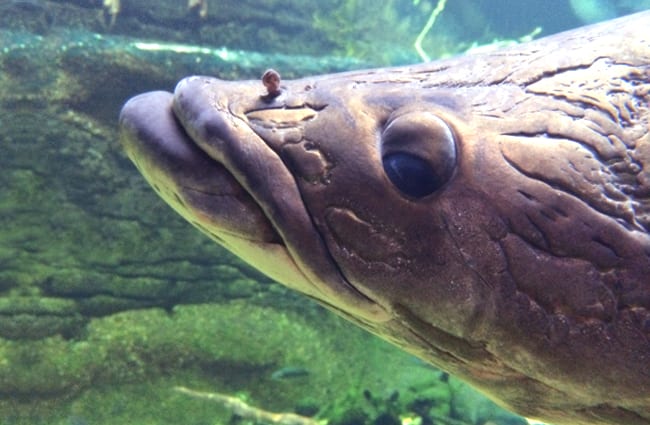
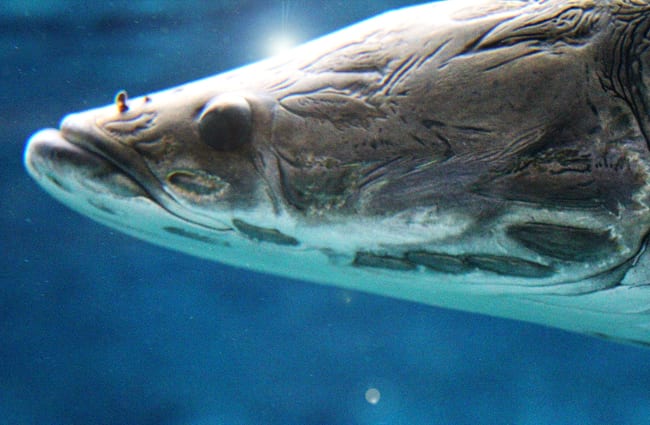
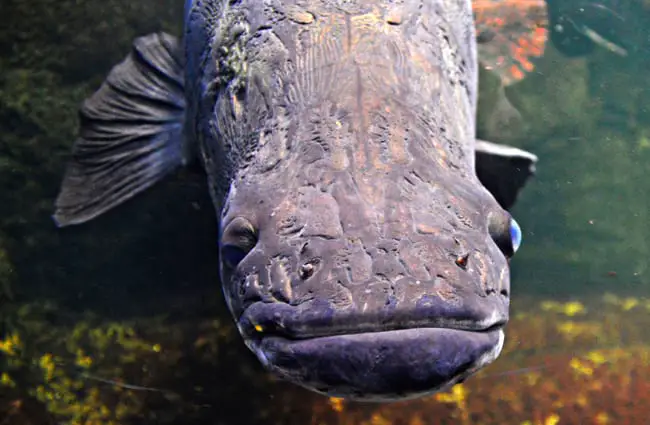
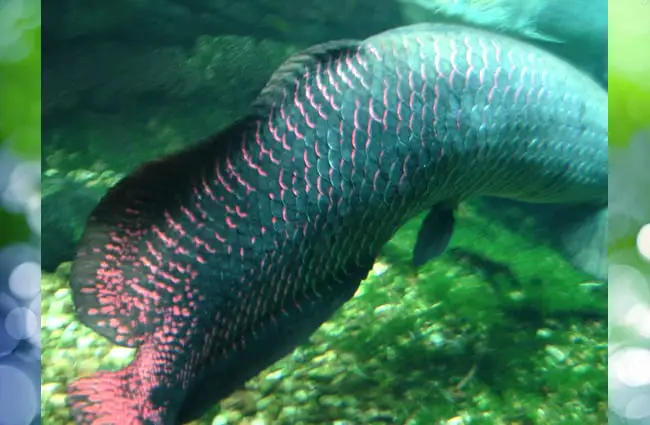

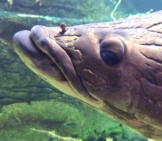
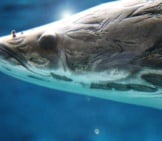
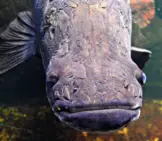

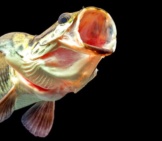
![Red Angus Closeup of a beautiful Red Angus cowPhoto by: U.S. Department of Agriculture [pubic domain]https://creativecommons.org/licenses/by/2.0/](https://animals.net/wp-content/uploads/2020/03/Red-Angus-4-238x178.jpg)












![Red Angus Closeup of a beautiful Red Angus cowPhoto by: U.S. Department of Agriculture [pubic domain]https://creativecommons.org/licenses/by/2.0/](https://animals.net/wp-content/uploads/2020/03/Red-Angus-4-100x75.jpg)

